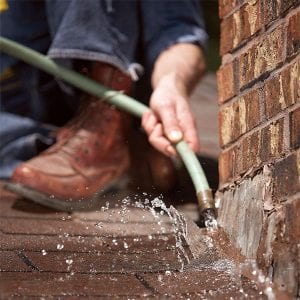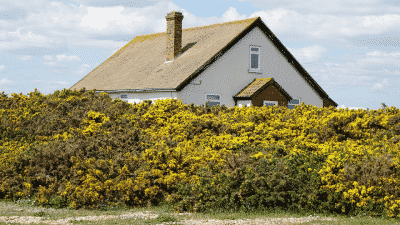Additionally, if you do not have a hearth in the home, you may also want to think about inserting one in. It’s fast, handy and you can customize it in any way that you want.
Fireplace chimney’s have been used for years. Initially used as a primary source of warmth, chimneys have now become a staple trademark of home-decor.
So what are some tips that could help you keep your chimney in pristine condition?
Call a Fireplace Chimney Sweep
 They exist, and not simply to pop up in children’s movies.
They exist, and not simply to pop up in children’s movies.
A chimney sweep will offer a visible inspection of your hearth and chimney. They will look for creosote and blockages. If ignored, creosote can lead to chimney fires. An annual inspection prior to your first use of your fireplace is simply the best way to ensure maximum enjoyment of your chimney.
Leave a Little Ash
It is encouraged to clean the firebox (where the logs burn) every month throughout the fire-burning seas. Leave a little less than an inch of ash in your chimney. This way, the coals from fresh fires will maintain warmness more efficiently. When you scoop up the rest, be very cautious to set them outside. Ashes can continue to be hot a long after fireplace has extinguished.
Keep the Fireplace Chimney Area Clear
Furniture should be set at a minimum of 36 inches away from the hearth to keep away from sparks igniting the upholstery. This is important even if you use a furnace display screen to trap sparks. You should certainly keep your fireplace chimney clear.
Close the Damper
A damper is a hinged flap above the hearth that controls the amount of air allowed to pass through the fireplace chimney. It’s important to have it open during a fire. However, you should shirt it when the flame is out to stop heat loss and cold air exchanges.
Make Sure to Have a Fireplace Chimney Cap
If the thought of an open portal on the roof of your residence sounds like trouble, you are correct. Fireplace chimney caps can partly shut the opening to stop animals from coming in, building nests, as well as keeping smoke from leaving the fireplace.
Only Use Seasoned Wood
To start a warm fire, make sure you supply it only with seasoned wood—logs that have been dried out for at least one year. Wet wood that’s been exposed to environmental factors can make bad fuel and cause smoky fires. When building a fire, you should make sure you’re putting logs in close proximity to one another; a large grate that result in spaced-out arrangement will be a poor source of heat.
Don’t Hang Things
It’s an old tradition, but objects on or near the furnace or mantel can rapidly become risks when comes in close proximity to flying sparks. And while we’re on the subject, never toss wrapping paper in a fire. The finishing substances used on the paper can lead to a flash fire which can easily spin out of control.
If you want to get more information about the fireplace chimney and its correct use, you can contact us. Give us a call and we will assist you regarding the use and how to get the best out of your fireplace and chimney.

